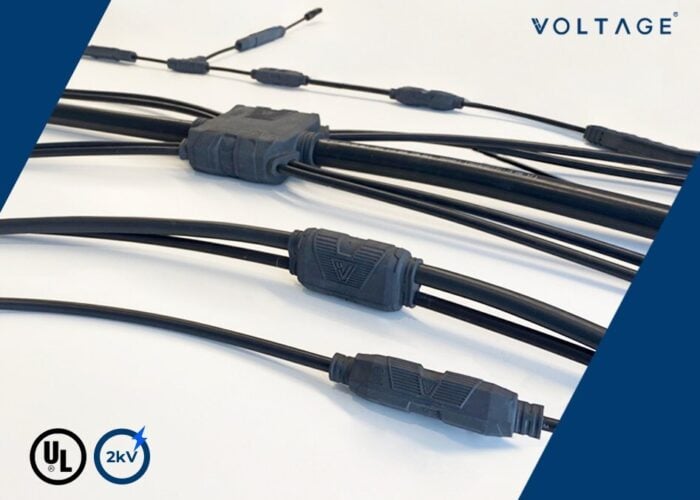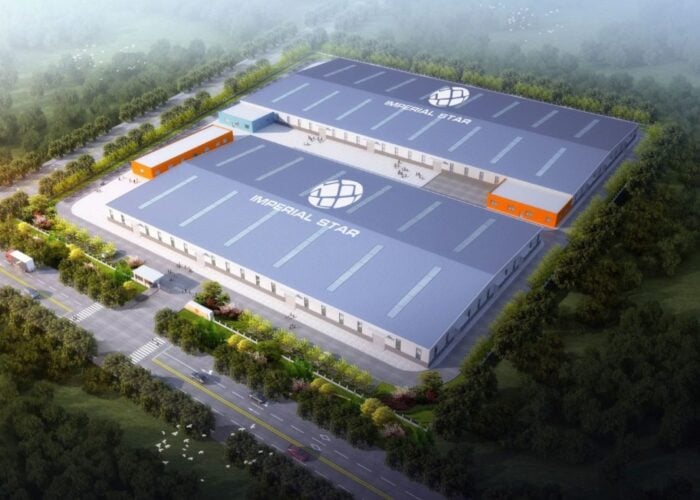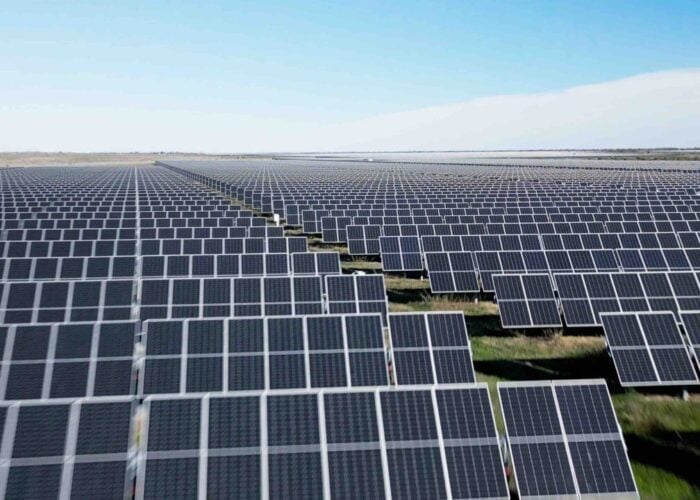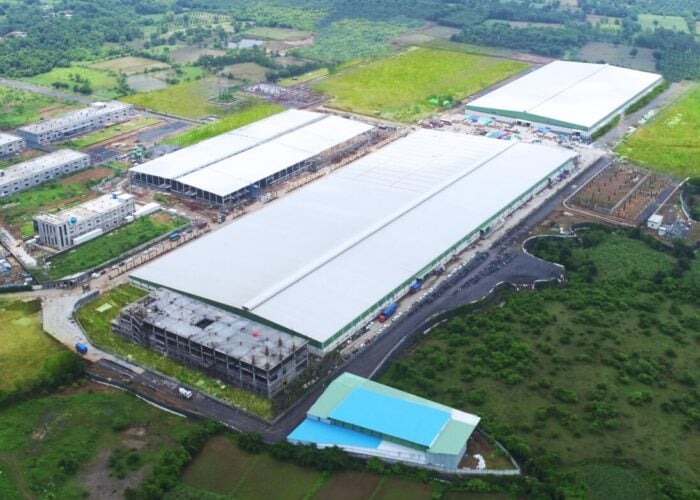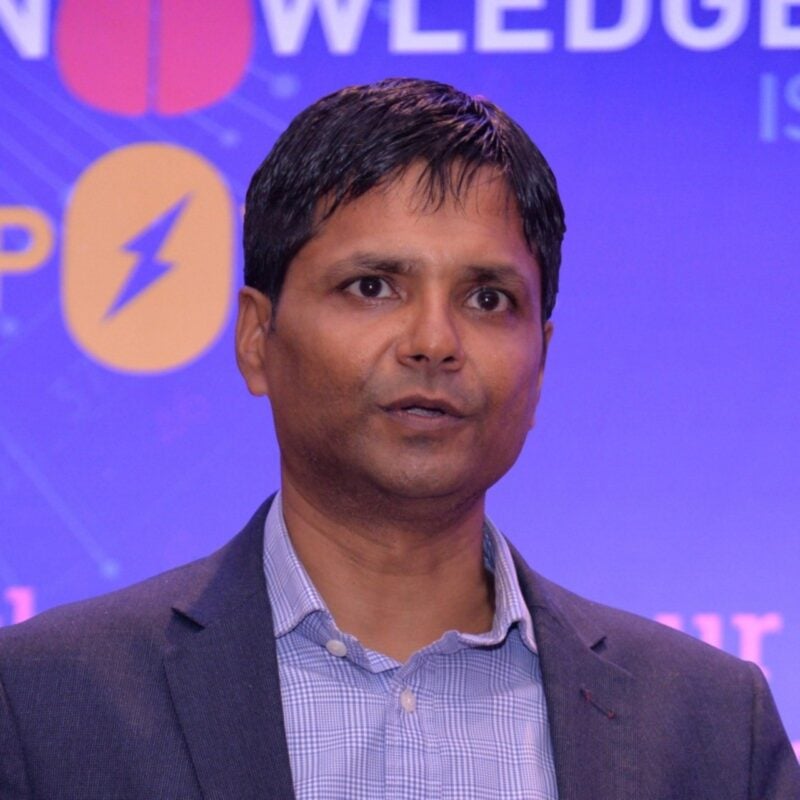
Reaching the 100GW mark earlier this year, India has emerged as the fourth-largest market in PV installation globally. Its solar installations stood at just 2.8GW in 2014, but in recent years they have surged, with over half of this 100GW target installed in the last three years.
Moving forward, India aims to surpass the renewable installation target of 500GW by 2030, with solar expected to account for around 300GW of this total. Alongside its ambitious deployment targets, the country is also on a pathway to establishing itself as a major manufacturing hub for clean energy technologies, in particular PV modules.
Try Premium for just $1
- Full premium access for the first month at only $1
- Converts to an annual rate after 30 days unless cancelled
- Cancel anytime during the trial period
Premium Benefits
- Expert industry analysis and interviews
- Digital access to PV Tech Power journal
- Exclusive event discounts
Or get the full Premium subscription right away
Or continue reading this article for free
Figures from the country’s trade body project that by 2030 India’s module manufacturing capacity will double to 160GW by 2030, cell manufacturing capacity to surge from 15GW to 120GW and polysilicon and wafer capacity to grow from 6GW to 100GW. To support these aims, the Indian government has introduced several initiatives, including basic customs duties (BCD) for solar cells and modules, approved lists for domestic PV module and cell manufacturers and the production-linked incentive (PLI) scheme for domestic PV production.
One company that is positioning itself to capitalise on this favourable environment for PV manufacturing is Premier Energies. Talking to PV Tech Premium, its chief business officer Vinay Rustagi says of India’s targets: “Until three years ago, I thought this was a very ambitious target, but looking at India’s progress, I would say that we are well aligned to hit the 500GW target. The numbers are large but for us it is doable and achievable.”
In conversation with us, he discusses Premier Energies’ ambitions to scale up production across modules, cells and ingots and wafers, which are inspired by the company’s confidence in the growth of the sector and the support from the government. In its most recent announcement, the New Delhi-headquartered company partnered with mono and multicrystalline wafer producer Sino-American Silicon Products Inc (SAS) to establish a 2GW silicon wafer manufacturing facility in Naidupeta, Andhra Pradesh, India.
Highlighting the key features of this partnership, Rustagi says: “We saw this opportunity in ingot and wafer manufacturing and felt that rather than relying on technology providers it will be great if we can find a likeminded partner who can bring in the technology, execution expertise and some capital.”
“We picked SAS because they are into the solar cell manufacturing business and want to move upstream, which aligns with our objectives. Through this partnership, the Taiwan-based company gets access to a wider market in India; additionally, India has a lower cost base and higher efficiencies of scale.”
Although wafer manufacturing in India is comparatively nascent as an industry, Premier Energies is one of a number of companies eyeing aggressive expansion plans in this part of the value chain.
According to Rustagi, the company’s strategy was “pretty straightforward.” He says: “We can see the writing on the wall. We know how the government is thinking, and this is where we are headed.”
In a bid to become self-reliant, the Indian government is keen to support domestic manufacturing of ingots and wafers through initiatives such as Make in India and PLIs. “In the solar sector, they have offered some PLIs to wafer manufacturers in the past. However, due to low-priced Chinese products and financial instability, none of the Indian companies have moved towards wafer manufacturing business,” points Rustagi.
Notwithstanding these challenges, Premier aims to make a move early on to understand the business, technology, skills required and the need for automation followed by eventually scaling up the business.
Government support for domestic PV producers
The Government of India is enthusiastically expanding the country’s renewable capacity. Its primary focus has been to promote the ease of doing business.
“In terms of mitigation, the government, both at the central and state level, is extremely business friendly. The process has improved substantially and continues to improve. The states are simplifying and streamlining their own processes,” points Rustagi.
There is a spirit of competition, he says, between several states of India. Giving the example of Premier Energies’ 4GW TOPCon module facility in Naidupeta. Rustagi adds that the plant was initially planned to open in the state of Telangana. However, Premier was facing some challenges there with land availability and local infrastructure.
“We got a competing proposal from the Andhra Pradesh government with infrastructure, a piece of land, some financial incentives, plus a cheaper power supply, which made it easy for us to pick Andhra Pradesh.”
He adds: “Today, we can run a beauty parade between the five states. The government in these states would accommodate our needs and custom design a series of packages for us.”
US, tariffs and Premier Energies
Coming back to the 2GW wafer plant, Rustagi shares that Premier Energies has three major opportunities with respect to the products. According to him, the joint venture associate SAS would procure wafers for capital consumption. Additionally, the company will keep a substantial number of wafers produced for its cell manufacturing business.
But the most significant consumer for the company is the US.
“Businesses in the US are keen to move away from China and find an alternative. We have good visibility in terms of demand at Premier as well as global wafers export, and we are in discussions with the US cell manufacturers,” confirms Rustagi.
Since beginning his second presidential term in January, US president Donald Trump has instigated a rollback of support for renewable energy in favour of boosting fossil fuel extraction. He has imposed tariffs and recently introduced a tax reconciliation bill that threatens to significantly scale back support for renewables.
Speaking on the issue, Rustagi takes a wait-and-watch stance. “The US market is a hit and trial. They have announced many changes in an unpredictable manner. So, we are still waiting for the dust to settle in terms of tariffs. Additionally, in our case we are hopeful that India and the US will sign a bilateral trade treaty in the next few months.”
Rustagi emphasises that since the tariffs were announced India has emerged as one of the better options. Additionally, tariffs on India are relatively much lower than those imposed on some of its competitor Southeast Asian nations.
In July 2024, PV Tech reported that, Premier Energies was expanding its global footprint with a 1GW solar cell plant in the US, but it emerged earlier this year that the project has been halted.
Rustagi confirms that the project is still not moving forward, but adds that the US is still in the company’s sights: “We are very keen to tap into the US market, but we are just waiting to get more clarity in terms of policy and trade discussions, which will allow us to move ahead.”
Upstream challenges and China
The Indian government is keen to reduce import dependence and indigenise the upstream value chain. However, Rustagi says that the key challenges here are capital intensiveness and technical complexity particularly with respect to polysilicon and ingots.
Moreover, he says lack of capital goods is the biggest challenge for India. Most of this equipment comes from China and there have been instances where companies have raised concern over the sustainability and viability of importing capital goods from China.
“While China would be very happy to export in general,” adds Rustagi, “they see their technology exports and equipment industry as a threat to their downstream export potential. Which is why they might make export of their manufacturing equipment more difficult to protect their industry.”
Another challenge is price volatility. In terms of polysilicon, about 80% of the global capacity is in China. There are some suppliers in the US, Europe and South Korea, however importing from these countries is expensive.
Rustagi highlights, “Chinese polysilicon sells at about US$6/kg while the US or the European polysilicon costs US$20/kg. The price difference is more than three times.”
Despite this, he says that several countries around the world want to reduce their reliance on China. Therefore, while the Indian manufacturing cost may be higher than that of China, it is much, much lower than its US, European, Japanese or Australian counterparts.
“We are a competitive nation when it comes to manufacturing, and the cost of making a cell and module in India stands between 30%-50% lower than it is in the US. So, for countries who wish to wean away from China – India is the answer.”


